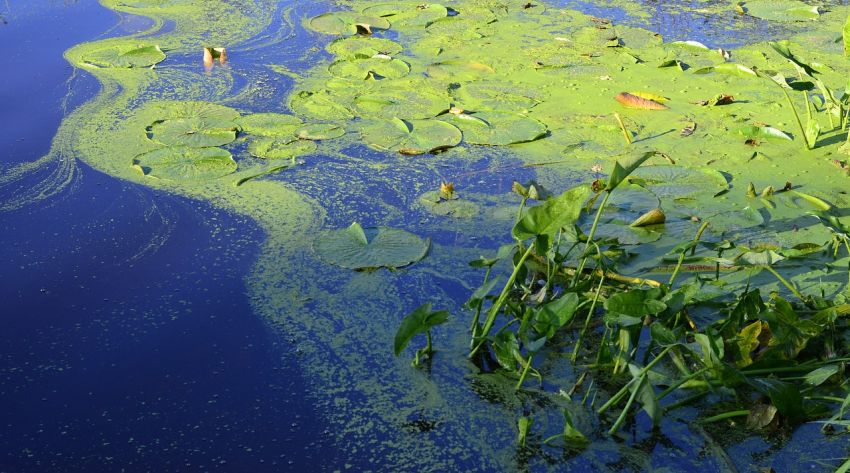The Ministry of the Environment, Conservation and Parks has advised Public Health Sudbury and Districts that samples taken from the West Arm of Lake Nipissing have been confirmed as positive for blue-green algae.
The blooms of blue-green algae have been found in other parts of the lake throughout the summer. Because the blooms are not anchored to a spot in the lake, they can move from location to location due to wind and water action.
Blue-green algae that have a pea soup appearance and foul smell, but can also produce toxins. The highest concentrations of toxins are normally found in blooms, as well as scum on the shoreline. The accumulations of blue-green algae pose the greatest risk to people or pets. The algae toxins can irritate a person’s skin and, if ingested, cause diarrhea and vomiting. If a person ingests high levels of the toxin, they could suffer liver and nervous system damage.
Public Health Sudbury & Districts advises people using lakes and rivers to be on the lookout for algal blooms. If you see a bloom near your property or water intake line:
- Avoid using the water for drinking, bathing, or showering, and do not allow children, pets, or livestock to drink or swim in the bloom.
- Be aware that shallow drinking water intake pipes can pump in blue-green algae.
- Do not boil the water or treat it with a disinfectant, like bleach, because it breaks open the algae cells, which releases more toxins into the water.
- Do not rely on water jug filtration systems as they may not protect against the toxins.
- Avoid cooking with the water because food may absorb toxins from the water during cooking.
- Follow the Ministry of the Environment, Conservation and Parks Guide to Eating Ontario Fish. Exercise caution with respect to eating fish caught in water where blue-green algal blooms occur. Residents should not eat the liver, kidneys, and other organs of fish.
If you use the surface water for private drinking water, you may wish to consider an alternate, protected source of water.




